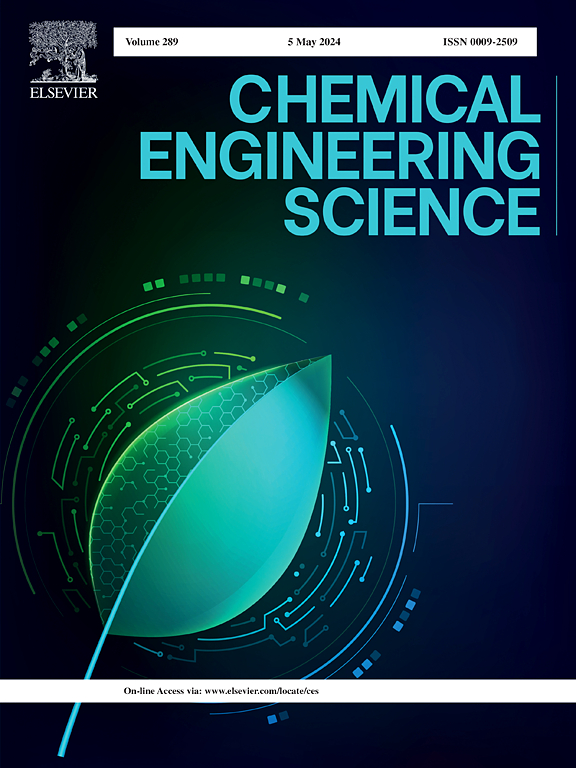Efficient nested three-phase isenthalpic flash calculations with a hybrid Newton and Brent algorithm for water-CO2-hydrocarbon mixtures in CO2 storage simulations
IF 4.1
2区 工程技术
Q2 ENGINEERING, CHEMICAL
引用次数: 0
Abstract
Carbon dioxide storage into depleted reservoirs/saline aquifers requires robust numerical compositional simulation tools that reveal the correct physics of the CO2-inclusive fluid in the injection and subsurface flows. When injecting CO2 for storage in the pure content, it is highly possible to encounter the boiling/narrow-boiling behavior, in which pure CO2 may exist in two phases at equilibrium. To capture such behaviors correctly, a compositional simulator with pressure-enthalpy specifications must be used. Moncorgé et al., (2022) established such a simulator embedding a nested isenthalpic (PH) flash calculation algorithm applying Broyden’s method. In this work, to improve the computational efficiency and robustness of the nested PH flash calculations, we developed a new hybrid Newton and Brent algorithm. In the new algorithm, Brent’s method is implemented to maintain the robustness, while Newton method is switched to reach fast convergence if the monotonic convergence criterion is satisfied. Moreover, an extrapolation strategy based on the sensitivity vector of phase compositions (in mole numbers) in terms of temperature, together with an accelerated isobaric-isothermal (PT) equilibrium calculation code, is proposed to further improve the computational efficiency of the PH calculations. Several case studies which encompass a variety of mixtures, including mixtures that exhibit narrow-boiling behavior. Our results demonstrate that the hybrid algorithm is more efficient and robust than the previous nested PH algorithms. The hybrid algorithm is a strong candidate to be included in PH phase equilibrium packages and compositional simulators for CO2 storage.求助全文
约1分钟内获得全文
求助全文
来源期刊

Chemical Engineering Science
工程技术-工程:化工
CiteScore
7.50
自引率
8.50%
发文量
1025
审稿时长
50 days
期刊介绍:
Chemical engineering enables the transformation of natural resources and energy into useful products for society. It draws on and applies natural sciences, mathematics and economics, and has developed fundamental engineering science that underpins the discipline.
Chemical Engineering Science (CES) has been publishing papers on the fundamentals of chemical engineering since 1951. CES is the platform where the most significant advances in the discipline have ever since been published. Chemical Engineering Science has accompanied and sustained chemical engineering through its development into the vibrant and broad scientific discipline it is today.
 求助内容:
求助内容: 应助结果提醒方式:
应助结果提醒方式:


